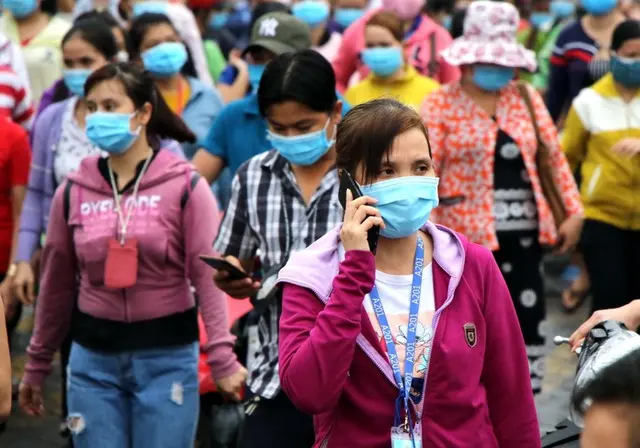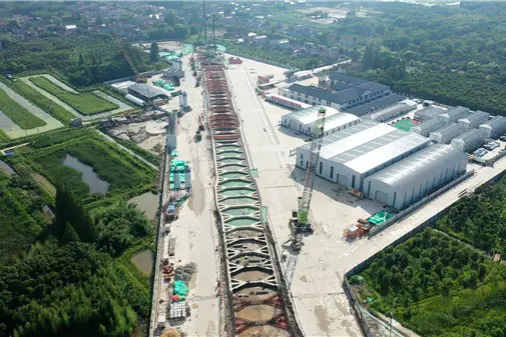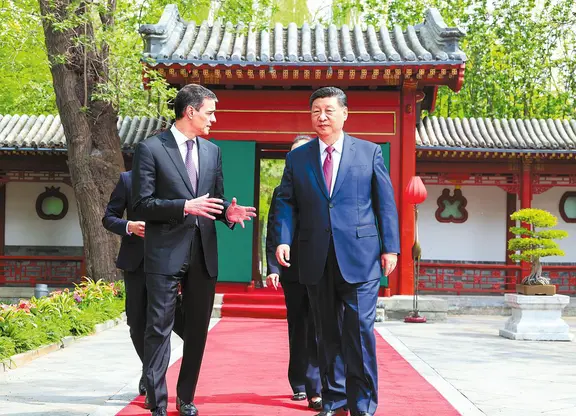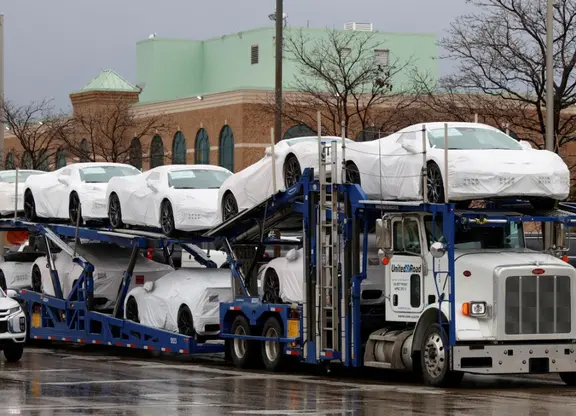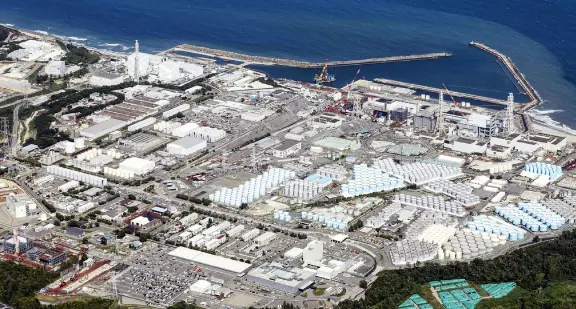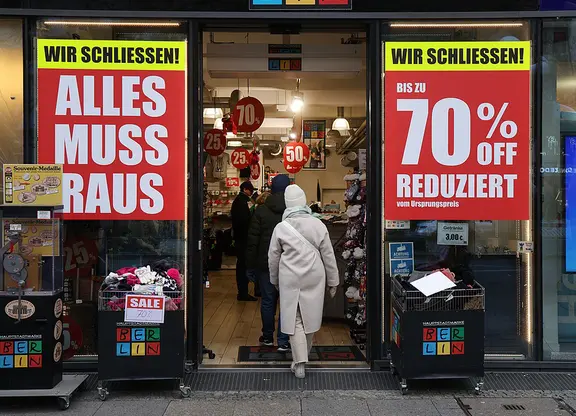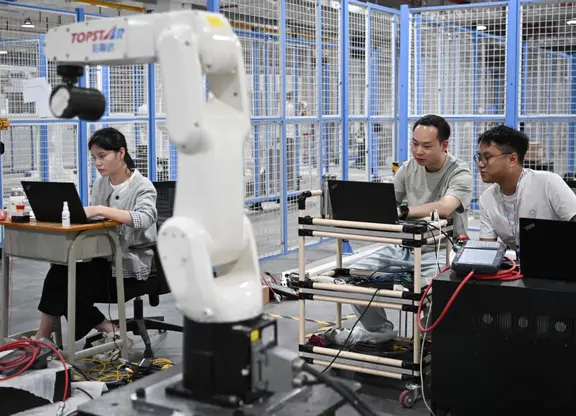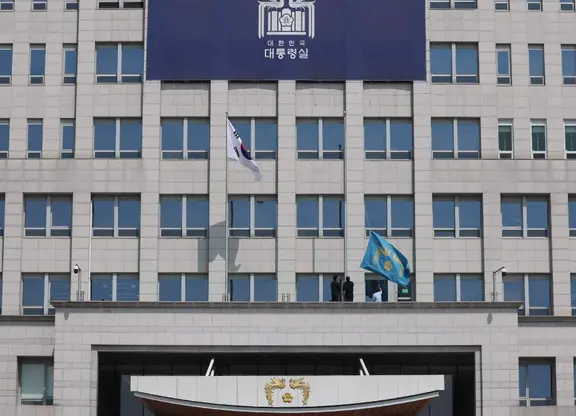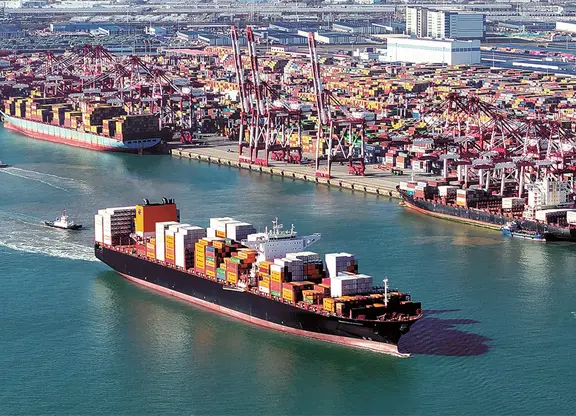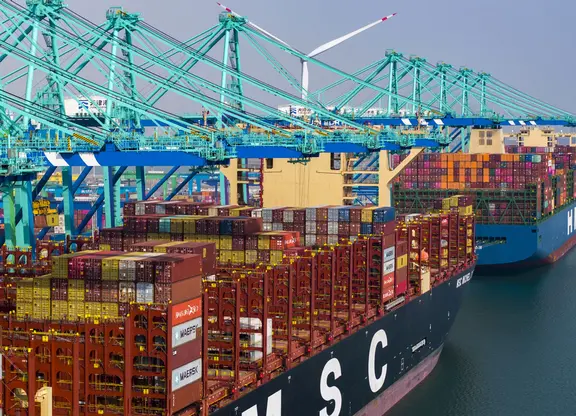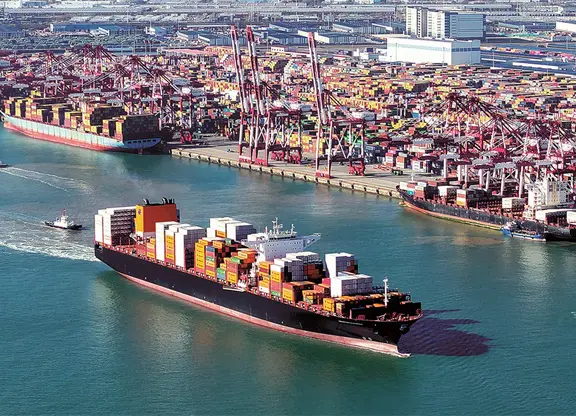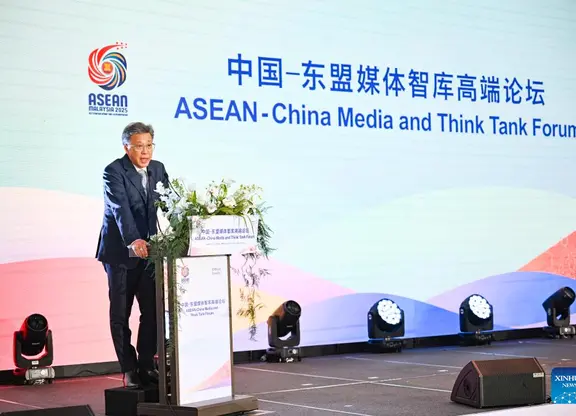By APD writer Alice
Unemployment among young people in Asia is rising because of COVID-19. The pandemic and its economic implications threaten to wipe out the young generation’s dream of getting rich.
In Asian economies, young people are provided with opportunities to do better than their parents. However, their path to richness is now under threat as the unemployment rate among young people in the region is increasing rapidly.
Young people who just started their careers are losing their jobs faster than the older generations, as half of them work in sectors most affected by the pandemic such as retail trade, tourism, manufacturing, catering and accommodation services.
A recent joint report by the Asian Deveopment Bank (ADB) and the International Labour Organisation (ILO) shows that the job prospects of 660 million young people in the Asia-Pacific region are being severely challengedas a result of the coronavirus disease (COVID-19) pandemic. Youth (15–24 years) will be hit harder than adults (25 and older) in the immediate crisis and also risk bearing higher longer-term economic and social costs.

Countries with the highest increase in unemployment rate among young people (from 15-24 years old) are Australia, Indonesia, Japan, Malaysia, China and Vietnam. By the end of 2020, the youth unemployment rate in most countries in the region could be more than double that of 2019, with the high risk being: India (32.5%), Indonesia ( 25.5%), Mongolia (30.4%), Sri Lanka (37.8%) ...
In particular, youth women are those hardest hit by the pandemic. Nguyen Hue, 24, founder of an English training centre in Hanoi, Vietnam said she founded the centre last year with an ambition that it would be expanded in 2020 and bring great profits to her.
In the first months, her centre operated well and she planned to open one more centre in the capital city. However, COVID-19, which broke out in Vietnam in January, wiped out her dream.
“My centre was forced to shut down to prevent the spread of the disease. For nearly half a year, I earned nothing. I even faced more difficulties when two co-founders of the centre decided to quit. Some time I thought of dissolving the centre,” Hue said.
“At that time, I felt very disappointed. I had to do other jobs to cover my living costs such as selling goods online,” she added.
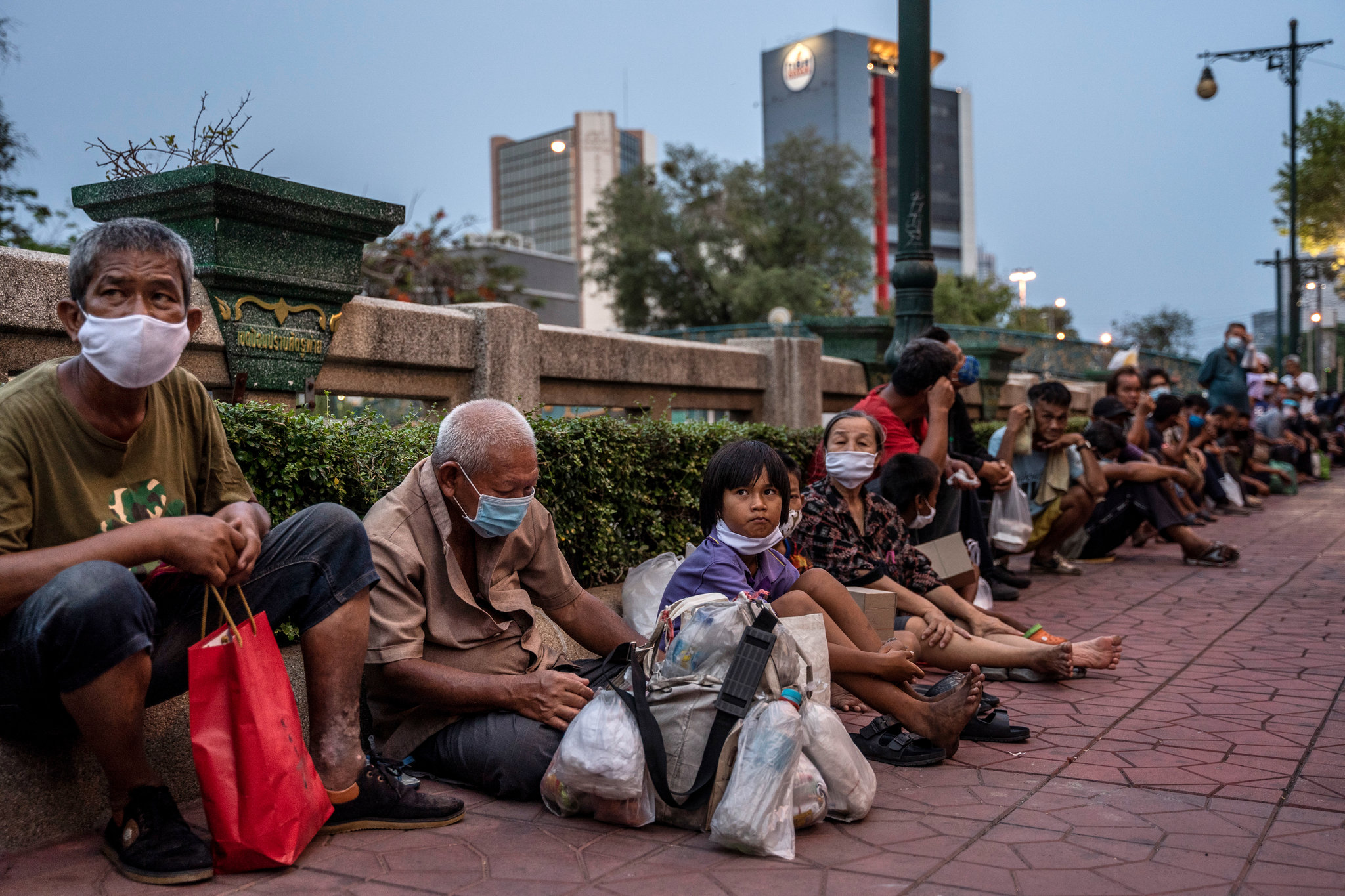
Now the pandemic is bassically controlled in Vietnam, her centre resumed operations but huge challenges are still ahead as the centre has enrolled a humble number of learners.
Navisha Ali, 17, in New Dehli, spent the past six months looking for regular work. When the pandemic struck, she lost her job fixing rhinestones in a small clothing factory, having left school to support her parents and four younger siblings.
She earned a modest 5,500 rupees ($75) a month. Now her two sisters, 16 and 14, are also out of school and looking for work.
There are many stories like Hue’s and Ali’s throughout the Asia-Pacific region. The ADB-ILO report estimates that 13 countries in the region will lose about 15 million youth jobs this year.
Although youth unemployment is a global crisis, it becomes more serious in Asia as in recent decades it has relied largely on its young population and the growing middle class to drive demand.
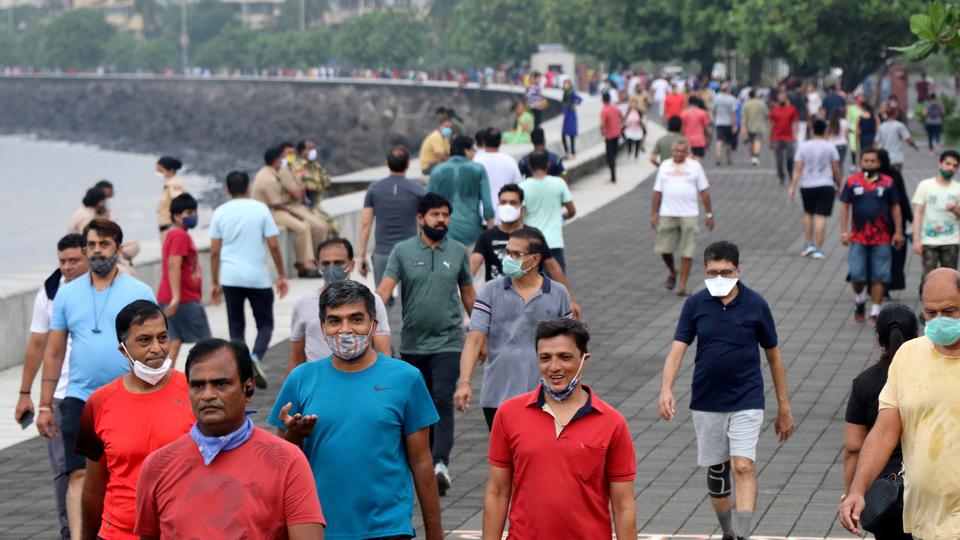
The COVID-19 shock is creating a class of "new poor" across East Asia and the Pacific with an additional 38 million people estimated to fall into poverty, according to the World Bank (WB).
The ADB-ILO report recommends measures to tackle the youth employment crisis in Asia and the Pacific, such as urgent, large-scale and targeted responses, including youth-targeted wage subsidies and public employment programmes, and measures to mitigate the impact on students of the disruption to their education and training.
Governments should consider balancing the inclusion of youth in wider labour market and economic recovery measures, with youth-targeted interventions to maximize effective allocation of resources.
“Prioritizing youth employment in the COVID-19 recovery process will improve Asia and the Pacific’s future prospects for inclusive and sustainable growth, demographic transition and social stability,’’ says Chris Morris, Head of the ADB NGO and Civil Society Center, and leading ADB’s Youth for Asia initiative.
(ASIA PACIFIC DAILY)
 简体中文
简体中文

